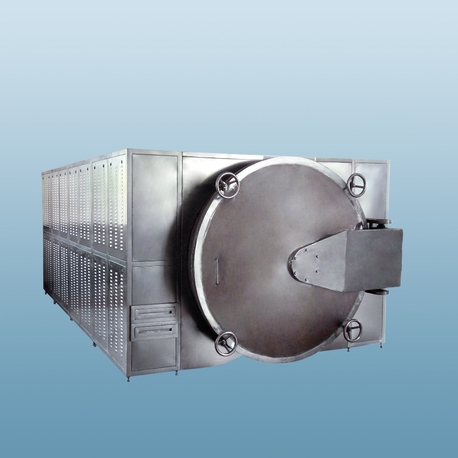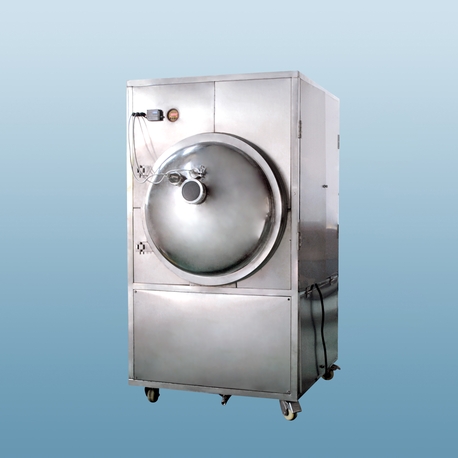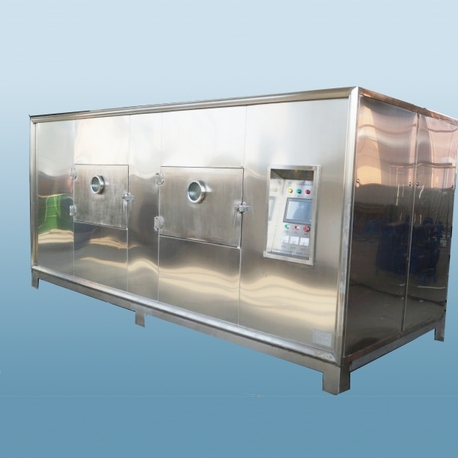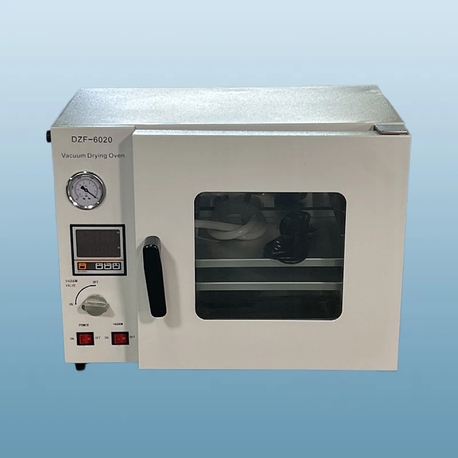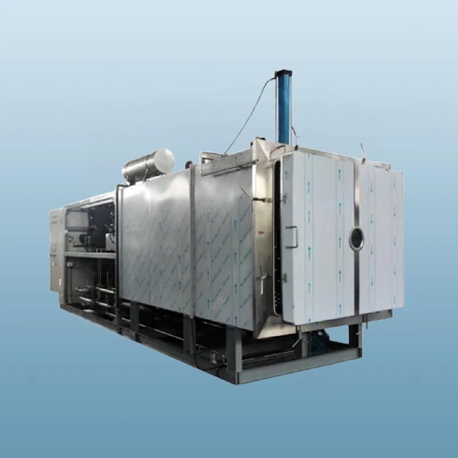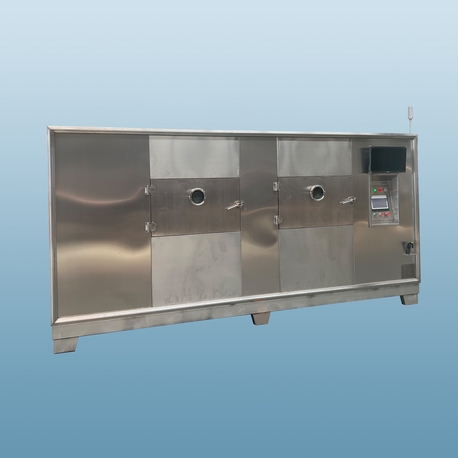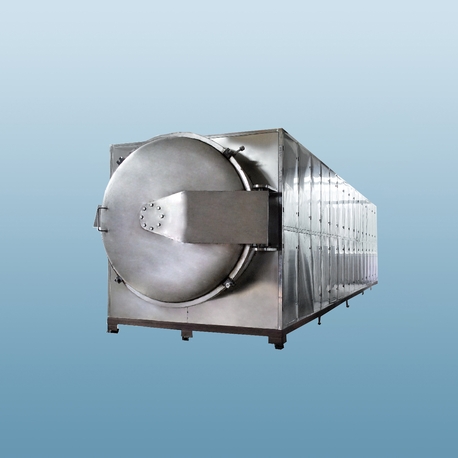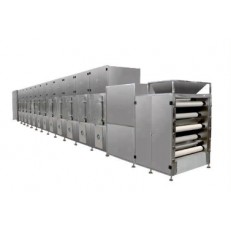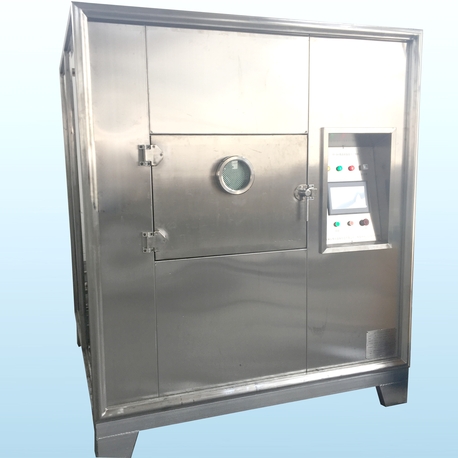If you're interested in preserving your harvest, reducing food waste, or creating healthy snacks, understanding the food dry process is essential. A food drying machine is one of the oldest and most effective methods of food preservation, and with a modern food dryer, it's easier than ever to do at home. This guide will walk you through everything you need to know about food drying, the different types of food dryer machine options available, and how to achieve perfect results every time.
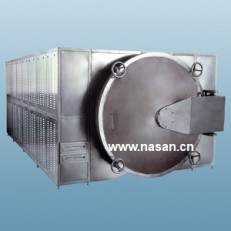
What is Food Drying?
Food drying is a method of food preservation that works by removing water from the food. Bacteria, yeast, and mold need water to grow, so by dehydrating the food, you effectively prevent spoilage. The food dry process involves circulating warm, dry air around the food, which allows moisture to evaporate slowly without cooking the food itself. This concentrates the food’s flavor and preserves its nutritional value, making it a fantastic way to enjoy seasonal produce year-round. Using a dedicated food dryer gives you precise control over temperature and airflow, which is key to a successful outcome.
Types of Food Dryer Machines
Not all dehydrators are created equal. Choosing the right food drying machine depends on your needs, kitchen space, and budget. Here are the two main designs you'll encounter:
Horizontal Airflow Food Dryer Machines
In these models, the fan and heating element are located on the back panel of the unit. Air flows horizontally across the trays. The main advantage of this food dryer design is that it often prevents flavors from mixing, so you can dry onions and apples simultaneously without cross-contamination. Trays are also typically larger and more uniform, making them a favorite for serious home preservers.
Vertical Airflow Food Dryer Machines
This is a common design for many entry-level models. The fan and heating element are located at the base of the food dryer machine, and air flows vertically upwards through the trays. These units are often more compact and affordable. However, a potential drawback is that juices from higher-moisture foods on lower trays can drip onto foods below. To prevent flavor mixing, you often need to dry similar foods together or invest in accessory liners.
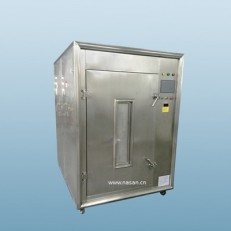
Key Features to Look for in a Food Drying Machine
When shopping for a food dryer, it's important to look beyond the price tag. These features will significantly impact your food drying experience and the quality of your final product.
Temperature Control: Precise temperature control is arguably the most important feature. Different foods require different drying temperatures. Herbs need a low temperature (95°F / 35°C) to retain their oils and color, while jerky needs a higher temperature (160°F / 71°C) to safely cook the meat. A good food drying machine will offer an adjustable thermostat with a range of at least 95°F to 160°F (35°C to 71°C).
Fan Placement and Power: A powerful, well-placed fan ensures consistent and efficient drying. As discussed, you can choose between horizontal and vertical airflow designs based on your needs.
Construction and Materials: Look for a food dryer made from food-grade, BPA-free plastics or stainless steel. These materials are durable and easy to clean. The trays should be sturdy and dishwasher-safe for convenience.
Capacity and Expandability: Consider how much you plan to dehydrate at once. A food dryer machine with 4-5 trays is great for beginners, but avid users may want a model that can expand to 9 or 10 trays. Square trays offer more usable space than round trays.
Timer and Auto-Shutoff: A timer allows you to set the food dry cycle and walk away, with the machine automatically shutting off when done. This is a fantastic convenience feature, especially for longer drying cycles that can run overnight.
Common Problems and Solutions in Food Drying
Even with the best equipment, you might run into a few hiccups. Here are some common food drying problems and how to fix them.
My Food is Too Brittle or Too Chewy
This is usually a result of incorrect drying times or temperatures.
Problem: Too Brittle: The food was dried for too long or at too high a temperature.
Solution: Check your food dryer manual for recommended times and temperatures for that specific food. Reduce the drying time or lower the temperature slightly next time.
Problem: Too Chewy/Moist: The food was not dried long enough. Moisture remains inside, which will lead to spoilage.
Solution: Extend the drying time. All foods dry at different rates based on their water content, humidity in the air, and how they were sliced. The food should be leathery or crisp, with no soft, moist spots.
My Food is Discolored
Nobody wants brown apples or faded herbs.
Problem: Oxidation (exposure to oxygen) during the food dry process causes fruits and some vegetables to turn brown.
Solution: Pretreat foods by dipping them in an acidic solution. For fruits like apples, peaches, and pears, a quick dip in lemon juice, pineapple juice, or a commercial ascorbic acid mix (fruit fresh) will help them retain their bright color.
Drying Takes Forever
If your food drying cycle seems to be taking an unusually long time, a few factors could be at play.
Problem: The food was cut too thick, the trays are overloaded, or the humidity in your home is high.
Solution: Slice food uniformly into consistent, thin pieces. Do not overcrowd the trays; there should be space between pieces for air to circulate. If humidity is an issue, try running your food dryer in an air-conditioned room or at a time of day when humidity is lower.
My Jerky is Too Greasy or Spoils Quickly
This is a critical safety and quality issue.
Problem: Fatty meats will release grease during drying, which can become rancid and shorten the shelf life of your jerky.
Solution: Always choose the leanest cuts of meat possible and trim away all visible fat before slicing. The food drying process will not remove fat; it only removes water.
Getting Started: Basic Tips for Successful Food Drying
Ready to start your food dry journey? Follow these simple tips for success:
Prep Your Food: Wash, peel (if desired), and slice your food uniformly. Consistent thickness is the key to even drying.
Blanching (for vegetables): Most vegetables should be blanched (briefly boiled or steamed) before drying. This stops enzyme action that can cause loss of color and flavor during drying and storage.
Arrange Properly: Place food in a single layer on your food drying machine trays, ensuring no pieces are overlapping or touching.
Be Patient: Don't try to rush the process by turning up the heat. High temperatures will cause the outside to harden while trapping moisture inside, a process called case hardening.
Test for Dryness: Let a piece of food cool to room temperature before testing. Fruits should be pliable and leathery, vegetables should be brittle, and jerky should be tough but not snap when bent.
Investing in a quality food dryer opens up a world of culinary possibilities. From creating your own fruit leathers and kale chips to preserving garden herbs and making homemade jerky, a food drying machine is a versatile tool for any health-conscious or waste-conscious kitchen. By understanding the process and choosing the right equipment, you can master the art of food drying and enjoy the delicious, nutritious results for months to come.


